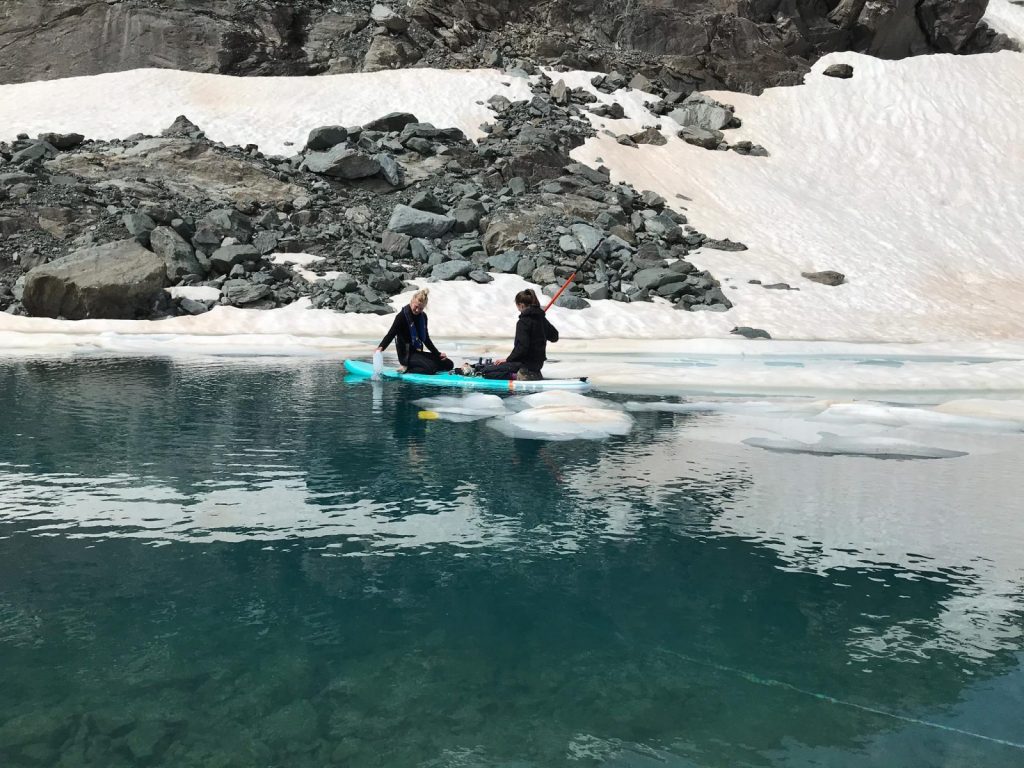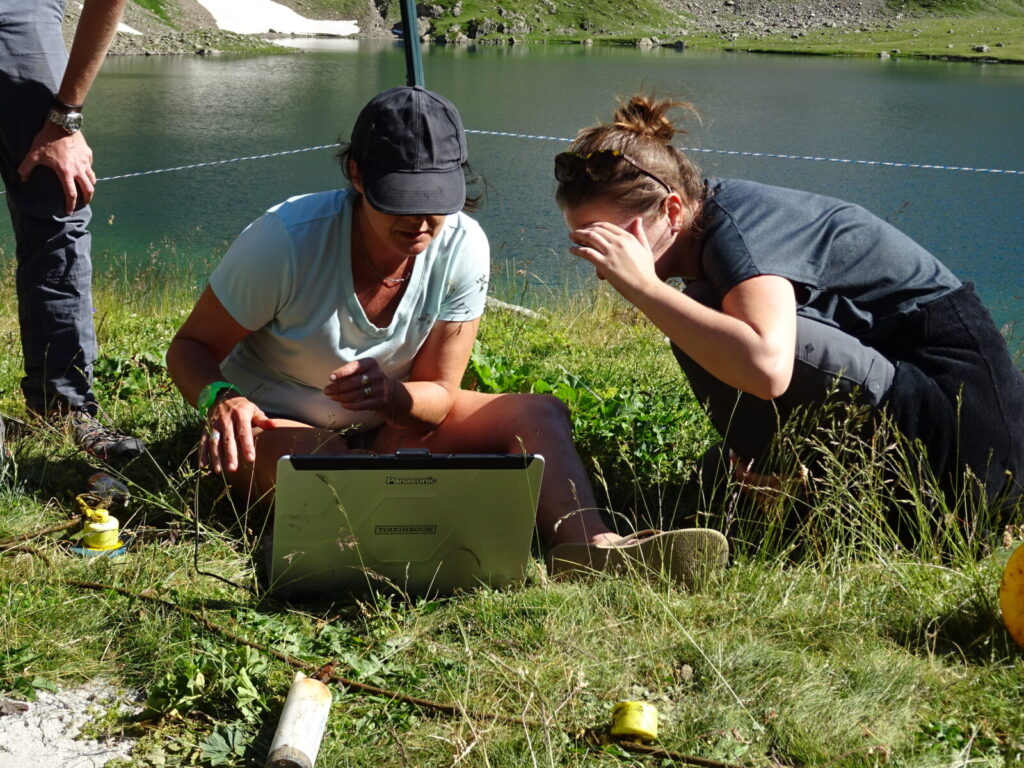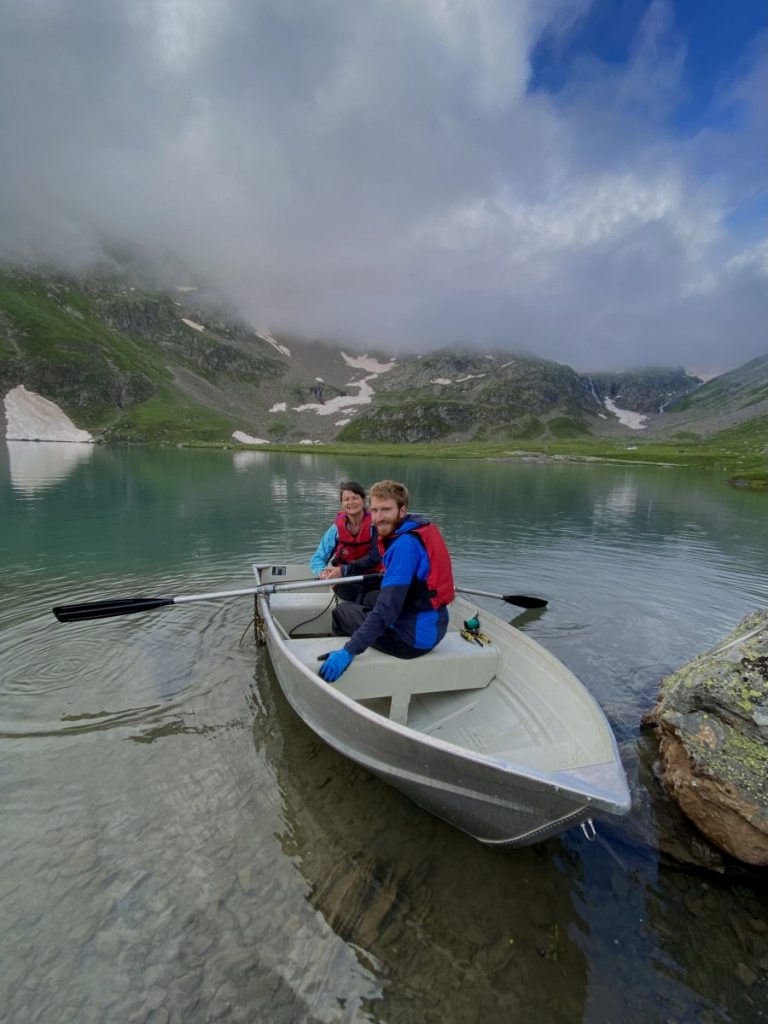
… First… What is a lake? While tangible, the term « lake », cannot be simply defined. Oxford’s dictionary qualifies a lake as a large area of water that is surrounded by land. We will here refer to « lake » as singular water body entangled within a hydrological continuum. while recognizing that “lake” defies the scientific practice of categorizing objects and, ultimately, definitions for lakes remain mostly operational. Given the singularity and variability of the millions of the World’s lakes, there is no typical lake, neither in terms of structure, i.e., their physical, morphological, chemical or biological components, nor in the way they function, i.e., energy, water or matter movements across components or emergent properties. Each lake is idiosyncratic, only representative for itself. To our appreciation, lake science revolves around searching for commonality and universal principles that regulate the evolution of specific lake structures and functions. Dealing with such a variability remains a major challenge of lake science, especially since the dynamics of natural but also anthropogenic forcing factors makes it a non-stationary target.

While most of our planet’s land surface is experiencing measurable human pressure, lakes, which had always been prioritized locations for human settlements, are under an increasing and diversifying constellation of anthropogenic pressures. There is therefore a crucial stake in lake management.Since many of those pressures spread to a global scale, part of the lake science is dedicated to finding common trends in how lakes respond to those global disturbances. Yet, what matters for people is actually their local lake, from which they extract values and services. Lake management applies at the scale of the watershed and requires that the singularity of the local lake is accounted for. There is then a need to address as much the global trends as to reduce the variability around those trend lines, so that predictions and understanding can be tailored to the local context. For climate change for instance, both data analysis and models attest to a general warming of lakes, changes of mixing regimes, and shorter ice cover. Yet, if two neighboring lakes, exposed to the same climate variability, might share trends for some thermal responses to climate warming, the commonality of their responses will decrease when observing their chemical or biological components. While variability in the lake responses can be enormous, universality should be explored through the search of causal mechanisms. Yet, the predictive power and accuracy of deterministic models decrease when moving from the physical to the ecological or biological aspects of lakes. The idiosyncrasy of lakes’ responses to climate change ultimately comes from subtle differences in their hydrological settings, geomorphology, catchment land cover and land use and history posing a serious integrative challenge to adaptive management planning.

With the LAKES group, we aim at elucidating the fundamentals of lake processes, as the building blocks to a better understanding of lakes’ singularities. We mostly focus on Alpine and peri-Alpine lakes. As we fully recognize the complexity and diversity of lake science and calls for system analysis and integrative studies, we have merged biogeochemical, ecological and physical expertise in order to address such integrative challenges. Being rooted within the Institute of Earth Surface Dynamics (IDyST), the LAKES group can contribute to the study of surface Earth processes using a multi-disciplinary approach.
Marie & Damien
This text is adapted from Perga & Bouffard (2022)
Perga M-E, Bouffard D. Section introduction: structures and functions of inland waters – lakes. In: Mehner T, Tockner K, Rudstam L, Bouffard D, Perga M-E, editors. Encyclopedia of inland waters. Amsterdam: Elsevier; 2022. p. 411-414. Available from: https://doi.org/10.1016/B978-0-12-819166-8.00205-X
